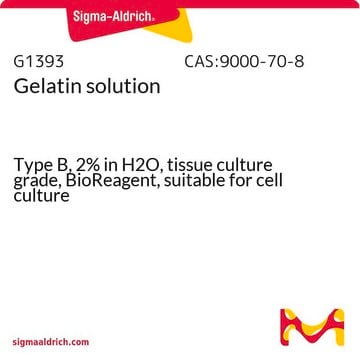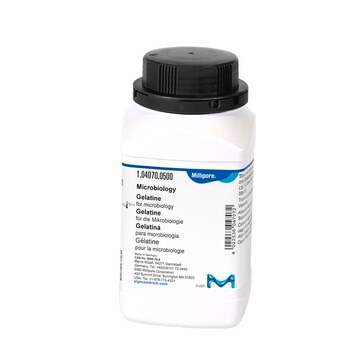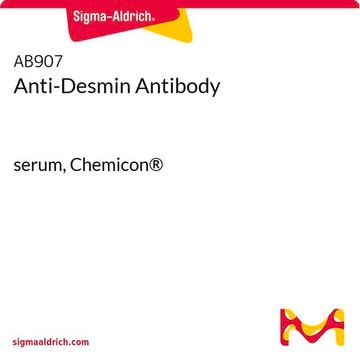Gelatin has various industrial applications such as stabilizer, thickener, and texturizer in foods. It is also used in the manufacture of rubber substitutes, adhesives, cements, lithographic and printing inks, plastic compounds, artificial silk, photographic plates and films, matches, and light filters for mercury lamps. In the pharmaceutical industry, gelatin is used as a suspending agent, encapsulating agent and tablet binder. In veterinary applications it is used as a plasma expander and hemostatic sponge.
This product is recommended for use as a cell culture substratum at 1-5 μg/cm
2 or 0.5-50 μg/mL. The optimal concentration does depend on cell type as well as the application and research objectives.
Gelatin was used for coating cell culture to improve attachment of cells, in addition to PCR to help stabilize Taq DNA.
[1] It was used as a blocking reagent in Western blotting, ELISA, and immunohistochemistry.
[2] Gelatin can also be used as a component of media for species differentiation in bacteriology.
[2] Gelatin is a biocompatible polymer and has been used as delivery vehicle for the release of bioactive compounds
[3] and in the generation of scaffolds for engineering applications.
[4] It was used to test keratinocyte growth factor stimulation of gelatinase (matrix metalloproteinase-9) and plasminogen activator in histiotypic epithelial cell culture.
[5] It was also used to study the changes in the nucleolar organizer regions in the tuberomammillar region after dehydration.
[6]













